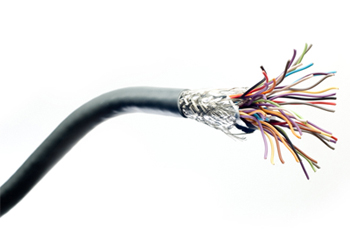In the rush to get fibre broadband to our homes I learned not to get too riled when the media kept calling copper telephone wires 'old'.

After all fibre’s a great technology and it does have a lot more data potential than copper.
But it might just be time for a bit of rewind. Copper wires were always going to be the most practical option to distribute broadband round our homes, but it looks like they might be sticking around a bit longer on the outside too.
For a start the new Australian Government says it wants to see more fibre to the node rather than straight to the home in any new look NBN. That’s going to put the emphasis back on copper telephone wires for the so-called “last mile”, an idea that countries like France are already behind.
The Government also seems to like the idea of getting copper wires up to speed with ‘vectoring’, a noise cancelling technology that ups the performance of VDSL2-the most advanced broadband over telephone wire we now have.
And a lot of big global companies--AT&T, BT, Deutsche Telecom, Swisscom, Belgacom, Huawei and Telecom Austria—agree. All have been shipping vector ready hardware for some time and a recent agreement on an International Telecommunications Union standard suggests its time may have just come.
Alcatel Lucent launched their vectoring product in late 2011 and say they’ve now sold over a million lines of vectoring equipment to 11 different operators and participated in more than 40 trials.
They’ve also achieved some big download speeds using vectoring in the lab, but most agree that a more realistic expectation in the real world is 100Mbps over 500 metres of copper.
Is that enough to cover the distances between street nodes and homes? Obviously not everywhere, but what’s possible and over what distances is still evolving as the companies crank up their R&D efforts.
The public is probably only just getting to experience vectoring, with a recent global broadband report saying 27% of VDSL2 ports will be vectored by 2017.
The big attraction for telco’s and governments-and probably taxpayers too-is cost of course, with vectoring existing copper telephone lines costing about 10% to 20% of taking fibre all the way to the home.
In the end we’ll probably see a mix of technologies being put to use, both vectored copper telephone lines and fibre, just as we’re seeing a hybrid mix of copper wires and wireless inside homes to handle all the new technology.
Not only great to see some pragmatism at work in the whole broadband frenzy, but once again with copper I’m getting to say “everything old is new again” and that does feel good.
John Fennell
CEO International Copper Association Australia

